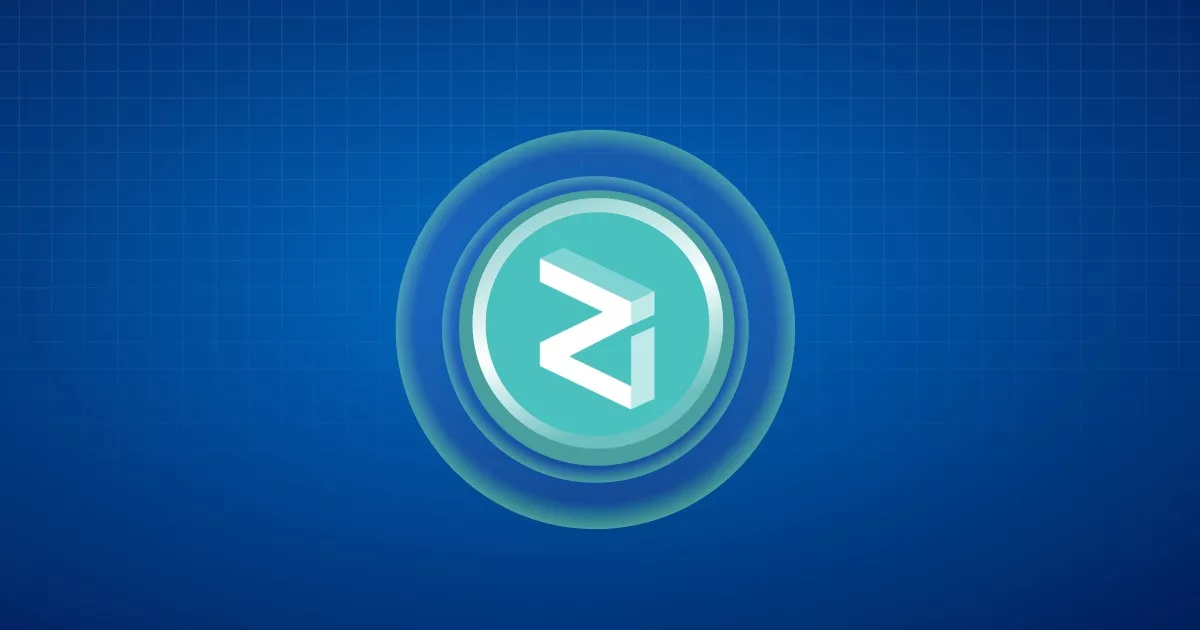
Zilliqa is a high-performance blockchain platform that has been making waves with its unique approach to scalability and security.
It is designed to process transactions at lightning speed while maintaining high security and decentralization. It achieves this by dividing the blockchain into smaller groups of nodes called ‘shards,’ each of which can process transactions independently.
This innovative approach enables Zilliqa to achieve high throughput and scalability, making it an attractive platform for developers looking to build decentralized applications (dApps).
In this comprehensive guide, we will explore what Zilliqa is, how it works, its key features, potential use cases, and its limitations.
What is Zilliqa?
Zilliqa is a blockchain-based platform that aims to address the issue of scalability in the blockchain ecosystem. ZIL is the native token of the Zilliqa network.
The platform uses sharding technology, which allows it to process a high volume of transactions per second (TPS) while maintaining high security and decentralization.
It has partnered with several major companies and institutions, including Mindshare, Hg Exchange, and the National University of Singapore.
Over the years, Zilliqa has gained popularity among crypto enthusiasts due to its fast transaction speeds, low fees, and robust security.
History of Zilliqa
Zilliqa was founded in 2017 by a team of researchers from the National University of Singapore led by Xinshu Dong. The team was interested in developing a solution to the problem of scalability in blockchain networks, which is one of the industry’s major challenges.
Zilliqa’s mainnet was launched in January 2019 after a successful testnet phase demonstrating the platform’s ability to process thousands of transactions per second. The platform’s native cryptocurrency, ZIL, was also launched.
In 2020, Zilliqa launched its non-custodial staking platform, allowing users to stake their ZIL tokens and earn rewards in return for helping to secure the network.
The platform also launched its first major dApp, Switcheo, a decentralized exchange (DEX) that allows users to trade cryptos in a trustless and decentralized manner.
Zilliqa has continued to develop and expand its platform, with partnerships with companies such as Hg Exchange, a blockchain-based securities exchange, and Mindshare, a global media and marketing services company.
The platform has also implemented several upgrades and improvements, including a new smart contract language called Scilla, designed to improve security and reduce the risk of smart contract vulnerabilities.
Working Mechanism
Zilliqa uses a unique sharding technology to enable high transaction throughput while maintaining high levels of security and decentralization.
The platform is built on a Byzantine Fault Tolerant consensus mechanism called Practical Byzantine Fault Tolerance (PBFT). It ensures that the network can reach a consensus even in the presence of malicious nodes.
The sharding mechanism in Zilliqa involves dividing the network into smaller groups of nodes, called shards, which can process transactions in parallel. Each shard operates as a separate blockchain with its own consensus mechanism and set of nodes. But, all shards are still connected to the main Zilliqa network, allowing cross-shard communication and coordination.
Zilliqa uses a hybrid consensus mechanism, combining proof-of-work (PoW) and Practical Byzantine Fault Tolerance (pBFT). PoW is used to randomly select nodes to become the leaders of each shard, who then propose a new block and perform the PoW computation to validate it. PBFT is used to achieve consensus among the nodes in each shard and finalize the block.
The PoW mechanism in Zilliqa is designed to be memory-bound, which means that the mining process is optimized for memory usage rather than computational power. This makes it more resistant to centralization by mining pools and ASIC miners, which tend to dominate computational power-based PoW networks.
Zilliqa’s native cryptocurrency, ZIL, is used to pay for transactions and as a means of payment for services the network provides. Users can also stake ZIL to help secure the network and earn rewards.
Zilliqa also supports the development of dApps using smart contracts. The platform uses a new smart contract language called Scilla, designed to improve security and reduce the risk of smart contract vulnerabilities. Smart contracts on Zilliqa can interact with each other across different shards, allowing for the creation of complex dApps with high scalability and throughput.
Key Features
Here are some key features of Zilliqa,
1. Scalability
Zilliqa is designed to be highly scalable, thanks to its sharding technology. The platform can process thousands of transactions per second, significantly higher than many other blockchain platforms.
2. Security
Zilliqa uses a hybrid consensus mechanism that combines Proof-of-Work (PoW) and Practical Byzantine Fault Tolerance (pBFT) to ensure high levels of security and prevent attacks by malicious actors.
3. Interoperability
Zilliqa is designed to be interoperable with other blockchain platforms and systems. This allows for seamless integration with existing systems and paves the way for new dApps.
Limitations
Like any blockchain platform, Zilliqa also has some limitations,
1. Adoption
One of the biggest challenges for Zilliqa and other blockchain platforms is adoption. While Zilliqa offers several benefits over traditional blockchains, many businesses and individuals still hesitate to adopt it due to its relative newness and complexity.
2. Centralization
Although Zilliqa is designed to be a decentralized platform, there is still a risk of centralization if a few nodes or groups of nodes become dominant on the network. This could undermine the platform’s security and stability.
Use Cases
Zilliqa’s high scalability and security make it well-suited for many use cases.
1. Decentralized Finance (DeFi)
Zilliqa can power decentralized financial applications, such as exchanges, lending platforms, and stablecoins. Its high transaction throughput, and low fees make it an attractive platform for DeFi developers.
2. Social networking
Zilliqa can be used to create decentralized social networking platforms that give users more control over their data and privacy. This can help to prevent data breaches, improve the quality of online interactions, and reduce the influence of centralized social media platforms.
3. Internet of Things (IoT)
Zilliqa can power secure and scalable IoT networks where devices can communicate and transact with each other in real-time. This can help to improve the efficiency of IoT networks and enable new use cases, such as smart homes and cities.
Conclusion
Zilliqa is a promising blockchain platform offering a unique approach to achieving high scalability and security.
With its sharding-based approach, innovative consensus mechanism, and focus on developer-friendly tools and resources, Zilliqa is well-positioned to drive adoption and innovation in the dApps space.
As the platform continues to develop and improve, we can expect to see more use cases emerge, along with a growing community of developers and users.
FAQs
1. What is Zilliqa, and how is it different from other cryptocurrencies?
Zilliqa is a high-performance blockchain platform designed to deliver fast and secure transactions at scale. It uses a sharding-based approach to achieve high throughput and scalability, making it different from other cryptocurrencies.
Zilliqa also uses a unique consensus mechanism called Practical Byzantine Fault Tolerance (pBFT), enabling fast and secure transactions. It also offers low transaction fees, making it an attractive platform for developers looking to build dApps.
2. What is sharding, and how does it enable Zilliqa to achieve high throughput?
Sharding is a technique that divides the blockchain into smaller groups of nodes called shards, each of which can process transactions independently.
By doing so, Zilliqa can process more transactions per second than traditional blockchains. This allows the platform to achieve high throughput and scalability without sacrificing security or decentralization.
3. How can Zilliqa be used for dApps and smart contracts?
Zilliqa can be used for developing dApps, and smart contracts.
The platform supports smart contracts written in the Scilla programming language, which offers enhanced security and formal verification. This makes it easier for developers to build secure and scalable dApps on the platform.
Zilliqa also offers a suite of developer tools and resources, making it easier for developers to start building on the platform.





